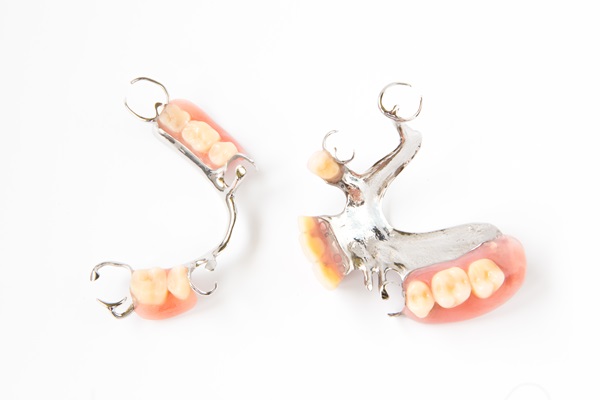 As cosmetic dentistry options that can fix the look of damaged or stained teeth, dental veneers can help restore the smile of patients with gum disease. Many are able to get this treatment when the disease is under control. However, gingivitis or periodontitis is different for every patient. One patient may have a disease that is relatively easy to treat, while another may struggle to get oral health under control even after trying several treatment options.
As cosmetic dentistry options that can fix the look of damaged or stained teeth, dental veneers can help restore the smile of patients with gum disease. Many are able to get this treatment when the disease is under control. However, gingivitis or periodontitis is different for every patient. One patient may have a disease that is relatively easy to treat, while another may struggle to get oral health under control even after trying several treatment options.
It is not necessarily that veneers make gum disease worse, but these restorations may interfere with treatment. Dentists who offer cosmetic procedures for patients generally prefer to work on healthy gums and teeth. Read on to discover when veneers are a possibility and when these cosmetic enhancements must be put on hold for the sake of the patient’s health.
What happens to the mouth during gum disease
Gums are integral parts of the human body that help people maintain good oral health. Unfortunately, these tissues are often overlooked and ignored until disease sets in. Healthy gums support the teeth and house a number of beneficial as well as harmful bacteria. Here is what can happen when the harmful bacteria get out of control:
1. Gingivitis
The mild form of gum disease is referred to as “gingivitis". The first warning sign a patient may experience is bleeding gums while brushing teeth. There may be no symptoms at all until the disease is more advanced.
While mild gingivitis may not seem like a concern, patients with gum disease are at higher risk for diabetes, heart disease, and cancer, which are three major health problems worldwide. It is ideal to get gingivitis under control as soon as possible, even if it does not seem severe.
2. Periodontitis
As gum disease progresses, patients may notice bad breath and visibly swollen gums that bleed when patients brush and floss. Other people may also realize their teeth appear to be growing, which happens when the gums shrink as the disease gets worse.
Gums may also loosen and create “pockets” around the teeth, which can be incredibly painful. Patients may experience loose teeth due to a combination of the gums becoming unstable and separating from the teeth.
How gum disease interferes with the placement and care of veneers
If a patient has severe gum disease that involves gums bleeding, swelling, and separating from the teeth, their mouth is likely not a candidate for veneers in this state. Porcelain and composite veneers fall under the category of cosmetic dentistry, which means that these devices improve appearance but are not necessary for the health of the patient. Unfortunately, patients must put cosmetic treatments on hold until the gum disease is treated.
Conclusion
A dentist can create a treatment plan for the patient to help halt or even reverse the gum disease. Patients with mild gingivitis may be able to use special kinds of toothpaste, rinses, or mouthwashes. The dentist will monitor the condition closely. Each patient is different; many with mild gum disease will recover, at which point they can have a conversation with the dentist about receiving veneers.
Request an appointment or call San Dimas Family and Sedation Dentistry at 909-305-2300 for an appointment in our San Dimas office.
Recent Posts
Patients interested in cosmetic dental treatment may consider a smile makeover. During this procedure, a dentist transforms a patient's smile using restorations. People who want to improve certain aspects of their smiles, such as misshapen teeth, slightly crooked teeth, chipped teeth, discolored teeth, and gaps in between their teeth, may want to consider veneers. These…
Veneers are an excellent option for individuals seeking a permanent treatment that makes their teeth more attractive. A smile is often one of the first features noticed about a person; unfortunately, many dental issues can dim that happy look. Teeth may become stained from eating and drinking various types of food and drink over time.…
Dental veneers, ceramic or composite shells that fit over teeth to restore damage or make cosmetic corrections, are a long-lasting, durable treatment, but do eventually need to be replaced. This guide covers some of the questions patients often have about replacing this dental work.Not every set of veneers lasts the same amount of time, but…


